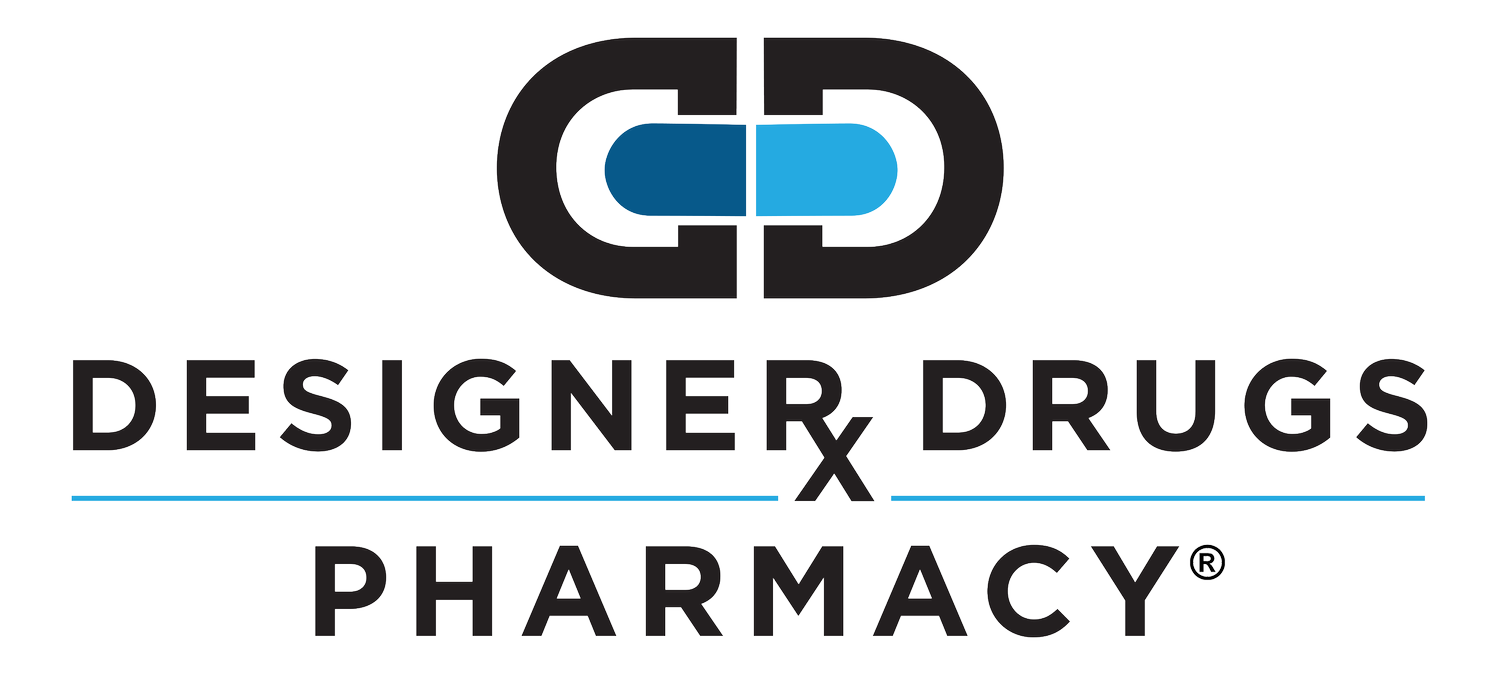The powerful pea
In my previous blog about supplements used to prevent and clear inflammation, I promised to discuss an interesting supplement that is discussed repeatedly in functional neurology circles for use in headaches and migraine. I don’t want to pigeonhole this supplement, however, as its use extends beyond pain from headache and migraine. I felt it was worth mentioning this neurological use because migraine is difficult to treat, and sufferers are often desperate to find relief from recurrent migraine.
What is this supplement I’m referring to as “Powerful PEA?” PEA stands for palmitoylethanolamide and is an “endogenous endocannabinoid agonist.” Allow me to explain this pharmacologic speak; I think you will find the meaning interesting. “Endogenous” means our body makes it, it comes from within. “Endocannabinoid” is where it gets interesting – our bodies have their own system where cannabinoids bind! Cannabinoids are from cannabis, and there are MANY cannabinoids, but perhaps the most well-known is CBD or cannabidiol. “Agonist” simply means the molecule binds to a receptor and creates an action. So, PEA being an “endogenous endocannabinoid agonist” means PEA is a cannabinoid that our own bodies make to bind to our own cannabinoid receptors. Did you know that your body has its own endocannabinoid system?
PEA is a natural fatty acid molecule, which is most likely why it can help with neurologic pain as fatty molecules can cross what we call the “blood-brain barrier.” PEA belongs to a family of molecules that inhibit pain perception as well as blunting inflammation. It has these actions through binding to the “endocannabinoid receptors” found in our immune system and nerve cells. To go one level deeper, once it binds to these receptors it causes the release of anti-inflammatory proteins and inhibits the release of pro-inflammatory proteins.
PEA has been studied clinically in trials, and shown to support a healthy inflammatory and pain response in pain from endometriosis, osteoarthritis, neuropathies, TMJ pain, migraines, and fibromyalgia. It works well as an add-on therapy and does not have known drug interactions. As always, it is best to let your prescriber know what supplements you are taking. PEA is taken as 1 capsule daily with a meal. I recommend Cannab-PEA 300 by Designs for Health, or PEA Relief by Metagenics.
TANYA MANONI is a Chattanooga-native but earned her BS in chemistry and PharmD at the University of Utah. She is pursuing her fellowship in Anti-Aging and Metabolic Medicine through A4M and George Washington University.
She brings with her years of experience in compounding and pharmacy corporate management. Tanya's professional interests include not only BHRT, women’s health, and dermatology, but also nutrition and fitness, in which she became interested while playing NCAA Division I college soccer.
Tanya developed Designer Drugs’ medical grade skin care line Designer+Cosmeceuticals. She uses her chemistry knowledge to select active ingredients and concentrations and formulate products for the line.
She lives in Chattanooga with her husband and two kids, so you will find her running between soccer fields and dance studios in her free time.
